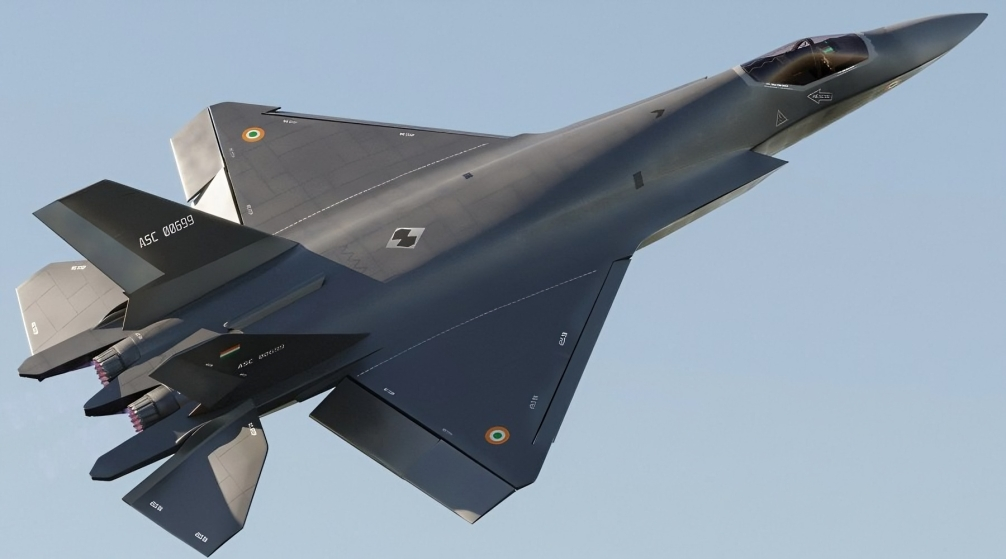The Aeronautical Development Agency (ADA) has taken a significant step forward in India’s defense technology landscape by releasing an Expression of Interest (EoI) for the development of the Advanced Medium Combat Aircraft (AMCA), a fifth-generation stealth fighter jet. This move signals a renewed push to bolster the Indian Air Force and Navy with cutting-edge indigenous capabilities amid rising global security challenges.
The AMCA project, initially conceptualized in 2010, has faced delays but is now gaining momentum under a newly approved execution model by the Ministry of Defence. The pre-bid meeting is scheduled for July 4, 2025, with bids set to open from August 18, 2025. This timeline reflects a strategic shift toward involving private sector expertise, moving away from the traditional reliance on public sector entities like Hindustan Aeronautics Limited (HAL).
Only Indian companies—owned and controlled by resident Indian citizens—with the requisite technical capabilities are eligible to submit bids. The applicant can be a single company, a joint venture, or a consortium compliant with Indian laws and regulations. Preference will be given to reputed Indian firms experienced in the aerospace and defence sectors that can absorb the AMCA design and have demonstrated capability in areas such as development, engineering, manufacturing, integration, testing, quality assurance, and customer support.
The shortlisted entity must also have the capacity to establish a dedicated manufacturing facility for series production. The development contract—including prototyping, flight testing, and certification—is strictly limited to eight years from the effective date. No requests for extensions or delayed submissions will be entertained, and incomplete or inadequately detailed proposals will be rejected without explanation. Additionally, mere compliance with the EoI does not ensure shortlisting.
The AMCA is envisioned as a twin-engine, all-weather, multirole stealth fighter. Designed with advanced stealth and combat capabilities, it is being developed as a domestic counterpart to global platforms like the F-35. A key component of the project is India’s ongoing partnership with France’s Safran for the development of a high-thrust engine.
To ensure efficient implementation, a high-level committee chaired by the Defence Secretary—with representatives from ADA and the Defence Research and Development Organisation (DRDO)—is overseeing the roadmap from design to deployment. A detailed report was submitted in April 2025 to streamline timelines and budget adherence. With prototype costs estimated at ₹1,000 crore each, any cost overruns must be reported directly to the Cabinet Committee on Security, reflecting the project’s strategic significance.
The AMCA initiative marks a pivotal moment for India’s defense sector, combining domestic innovation with selective global partnerships to boost national security and technological sovereignty.













